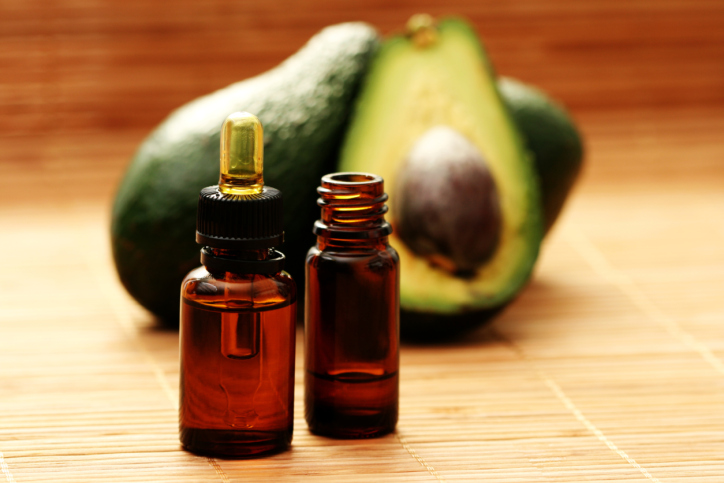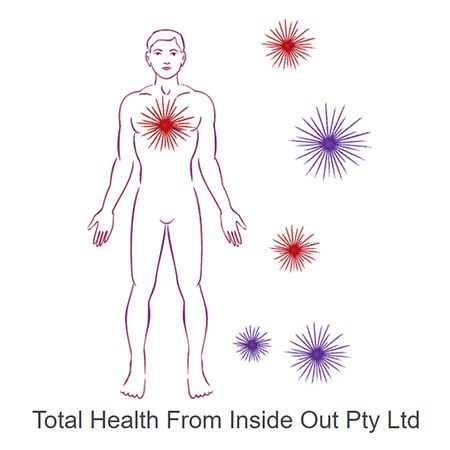
For a definition that's even worse than the name of the condition being defined, you can't go past Atopic Dermatitis. That's a medical name for eczema, which is described as being "due to a hereditary predisposition to hypersensitivity reactions"; it means there's probably someone in the family already who gets allergies and rashes. Mostly you find it in individuals who react badly to all types of stress.
Who Gets Eczema?
Eczema is not uncommon, with 20% of babies starting life with the condition. Sometimes, it'll clear up as they grow, but for many people, it's part of life, and has to be managed. It doesn't always start in babyhood, and can appear at any stage of life, following stress, food allergy or exposure to chemical or other irritants.
The name covers a wide variety of skin conditions, usually with red, dry and itchy patches, and the skin may become rough and thickened. The intensity can vary from mild to severe. It can occur anywhere on the body, but most often is found in skin creases such as elbows and behind the knees.
Using Essential Oils With Care
Aromatherapy can be really useful in the treatment of many skin conditions if it's chosen with care. Because you're already dealing with irritated skin, you need to take some basic precautions:
- Highest quality essential oils. Buy only fresh 100% pure essential oils from a reputable supplier and use as directed.
- Carrier oils to suit. If you use carrier oils that are rich but not too thick, they will be well- absorbed and help the skin stay moist and soft, and will carry the essential oils to where they can help heal the skin.
- Careful dilution. Essential oils are highly concentrated, and must be diluted. They won't mix with water, so if you want to add them to water, they need to be mixed into soap, milk or oil first.
- Skin test. Mix 1 drop of 1 essential oil into 1 teaspoon of carrier oil and apply just a couple of drops onto a clear area of skin, usually on the inside of the forearm. Cover and leave for 24 hours. If there is no reaction, it's safe to use that oil. Test each essential oil separately.
Choosing a Carrier Oil
Essential oils must be diluted before being applied to the skin. Any oil is fine to dilute with, but some oils are more useful than others. You can have a bit of fun mixing and matching.
- Apricot oil is a particularly good choice. It's not too thick and sticky, is well absorbed and nourishes the skin. It's a more expensive oil, so you might want to dilute it with part olive oil.
- Jojoba is a light oil which will stay on the skin
- Avocado is a rich and nourishing oil
Ways To Apply Essential Oils To Skin
- Diluted in carrier oil: Massage is not always be appropriate, but the oil can be smoothed or stroked onto the irritated skin.
- Bath: This works really well for babies and is calming. Essential oil can be dissolved in a small amount of milk and added to normal bathwater. Don't use oil for dilution because everything can get dangerously slippery. Chamomile teabags can also be used for quick and easy relief and don't require any special preparation. Just make the tea and add to the bath!
- Compress: Essential oils are dissolved and added to a basin of water. Clothes or bandages are then soaked in the liquid and applied to the affected areas of skin. Teabags could be used here too.
Essential Oil Blends
For babies, use only ¼ strength adult recipes when using essential oils. Adding a cup of warm chamomile tea to the bath or compress is the safest and quickest way to ease the itch.
- Baby skin care bath: 2 drops chamomile essential oil dissolved in 1 tablespoon milk plus 1 tablespoon honey, all added to bathwater
- Adult bath: 3 drops each sandalwood, chamomile and lavender dissolved in 1 tablespoon milk and mixed through the water.
- Compress: 2 drops each chamomile and lavender. Dissolve in small amount of milk oroil. Add to bowl of warm water. Moisten clothes in liquid and cover irritated areas. Can be re-moistened as often as needed.
- Massage oil - child: Child - 2 drops chamomile in 20 mls carrier oil. Adult - 6 drops (2 drops each of any 3) from the following list - sandalwood, rosewood, chamomile, mandarin, lavender.
Essential oils can help with healing, relieve the itch and soften the skin for people who have eczema. It often goes in cycles, and certainly is affected by environmental and emotional issues, so flare ups can happen without warning. Don't just assume it's the treatment causing the problem. If a particular combination worked in the past, it's worth trying again after things have settled down.
Find an aromatherapist in your area and get professional help with your eczema.
|
Do you have a natural health & wellness business? |









